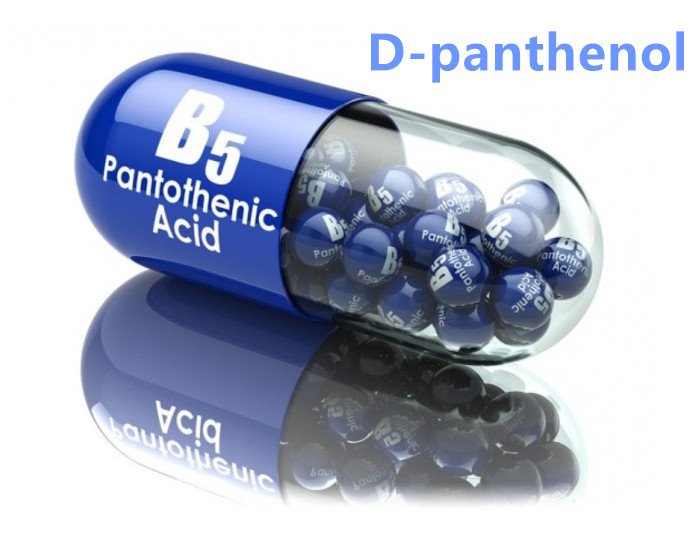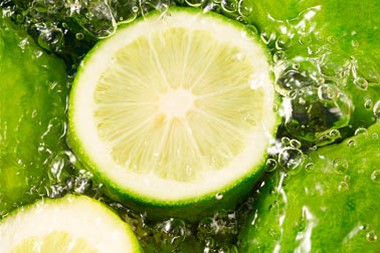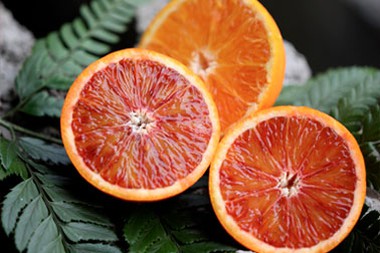Is D-Panthenol a Vitamin D?
In the world of vitamins, there are numerous compounds that play crucial roles in maintaining our health and well-being. One such compound is D-Panthenol, which often raises questions regarding its classification as a vitamin. In this article, we will explore its properties and functions of it, and determine whether it qualifies as a true vitamin D.
Defining Vitamins
Vitamins are organic compounds essential for normal physiological functions in humans and animals. They are typically required in small quantities and cannot be synthesized by the body, necessitating their intake through diet or supplementation. Vitamins are classified into different groups, such as water-soluble and fat-soluble vitamins.
Vitamin D
Vitamin D is a fat-soluble vitamin that plays a vital role in maintaining bone health and regulating calcium and phosphorus metabolism. It exists in several forms, including vitamin D2 (ergocalciferol) and vitamin D3 (cholecalciferol). Vitamin D2 is primarily obtained from plant sources, while vitamin D3 is synthesized in the skin upon exposure to ultraviolet B (UVB) radiation from sunlight.
Known as provitamin B5 or dexpanthenol, it is a derivative of pantothenic acid, which is part of the B-vitamin complex. It is widely used in the cosmetic and pharmaceutical industries for its beneficial effects on the skin and hair. it is a transparent liquid at room temperature and is easily soluble in water and alcohol.
Properties and Functions of it
it exhibits a range of properties that make it valuable in various applications. When applied topically, it acts as a humectant, promoting moisture retention in the skin and enhancing its elasticity. It also has anti-inflammatory properties, making it useful in soothing and healing minor skin irritations. In hair care products, it help improve the hair's texture and shine by moisturizing and strengthening the hair shaft.
D-Panthenol and Vitamin D
While it shares similarities with vitamin D in terms of nomenclature and being part of the B-vitamin complex, it is not classified as a vitamin D compound. Vitamin D is primarily associated with bone health and calcium regulation, whereas it functions mainly as a moisturizer and healing agent in the cosmetic and pharmaceutical industries.
Conclusion
In conclusion, it is not a vitamin D compound. While it is a derivative of pantothenic acid, which is classified as a B-vitamin, it itself does not possess the essential properties and functions that characterize vitamin D. Instead, it serves as an effective ingredient in skincare and hair care products, providing moisturizing and healing benefits. Understanding the distinctions between various compounds is crucial for accurately utilizing them in different industries and applications.

Exploring Natural Sources of it Health and Wellness
Introduction
Known as provitamin B5, it is a water-soluble vitamin that plays a crucial role in maintaining the health and well-being of our body. It is widely used in the cosmetic, pharmaceutical, and food industries due to its numerous benefits. While synthetic forms of it are available, natural sources offer a sustainable and environmentally friendly option. In this article, we will explore some natural sources of it and their applications in different industries.
1. Plant-based Sources
1.1. Legumes and Grains
Legumes such as lentils, chickpeas, and soybeans, as well as grains like wheat, rice, and corn, are excellent sources of it. These plant-based sources are abundant and easily accessible, making them a preferred choice for obtaining it naturally.
1.2. Mushrooms
Certain types of mushrooms, including shiitake and portobello mushrooms, contain it. Incorporating mushrooms into the diet or using them in culinary preparations can provide a natural source of this essential vitamin.
1.3. Vegetables and Fruits
Several vegetables and fruits contribute to the natural supply of it. Spinach, broccoli, avocados, sweet potatoes, and tomatoes are among the vegetables that contain this vitamin. Fruits such as oranges, bananas, strawberries, and grapes also provide it in smaller quantities.
2. Animal-based Sources
2.1. Dairy Products
Milk and dairy products, including cheese and yogurt, contain it. These sources benefit individuals who follow a vegetarian or lacto-vegetarian diet.
2.2. Poultry and Eggs
Chicken, turkey, and eggs are additional sources of it. These animal-based sources provide essential nutrients, including it, making them an important part of a balanced diet.
3. Applications of it
3.1. Cosmetics and Personal Care
it is widely used in the cosmetic industry due to its moisturizing and nourishing properties. It is a common ingredient in shampoos, conditioners, lotions, creams, and serums. Its ability to penetrate the skin and hair makes it highly effective in promoting hydration and improving the overall appearance and texture.
3.2. Pharmaceuticals
it is utilized in various pharmaceutical products, including ointments, creams, and oral medications. It aids in wound healing, promotes skin regeneration, and has anti-inflammatory properties. Additionally, it is often used in oral supplements for its potential benefits to hair, skin, and nail health.
3.3. Food and Beverages
In the food industry, it is employed as a fortifying agent. It enhances the nutritional profile of food products, especially breakfast cereals, energy bars, and beverages. Its addition helps to meet the recommended dietary intake of vitamin B5, supporting overall health and vitality.
Conclusion
it, a vital nutrient also known as provitamin B5, can be obtained from various natural sources. Legumes, grains, mushrooms, vegetables, fruits, dairy products, poultry, and eggs are all excellent sources of this vitamin. With its wide range of applications in cosmetics, pharmaceuticals, and the food industry, it significantly promotes health and well-being. Choosing natural sources of it ensures a sustainable and environmentally friendly approach while harnessing the benefits of this essential vitamin.
Is it Good for Acne?
Acne is a common skin condition that affects millions of people worldwide. It occurs when hair follicles become clogged with oil and dead skin cells, leading to the formation of pimples, blackheads, and whiteheads. Many individuals seek effective solutions to combat acne and achieve clear, healthy skin. One ingredient that has gained attention in recent years for its potential benefits in acne treatment is it.
So, is it good for acne? Let's explore its potential benefits
1. Moisturization One of the key benefits of it is its moisturizing effect on the skin. Acne-prone skin often experiences dryness due to the use of acne treatments that can be harsh and dry. it helps to improve skin hydration, reducing dryness and preventing excessive sebum production, which can contribute to acne formation.
2. Anti-inflammatory properties Acne is often accompanied by inflammation, causing redness, swelling, and discomfort. it has anti-inflammatory properties that can help calm and soothe irritated skin. Reducing inflammation, it may aid in the healing process of acne lesions and minimize the risk of scarring.
3. Wound healing Acne breakouts can leave behind blemishes and scars, especially when they are picked or popped. it has been found to promote wound healing by enhancing the production of collagen and supporting the regeneration of skin cells. This can help to fade acne scars and improve overall skin texture.
4. Barrier function enhancement The skin's natural barrier plays a crucial role in protecting against environmental pollutants and bacteria that can worsen acne. it has been shown to strengthen the skin's barrier function, enhancing its ability to defend against external irritants. Improving the skin's defense mechanisms, it may help prevent acne breakouts and reduce their severity.
5. Compatibility with other acne treatments it is well-tolerated and has shown good compatibility with other acne treatments, such as benzoyl peroxide and salicylic acid. It can complement these treatments by providing additional moisturization and soothing effects, minimizing potential side effects like dryness and irritation.
While it offers several potential benefits for acne-prone skin, it is important to note that results may vary from person to person. Additionally, individual sensitivities and allergies can occur, so it is advisable to perform a patch test before using any product containing it.
In conclusion, D-Panthenol shows promise as a beneficial ingredient for acne-prone skin. Its moisturizing, anti-inflammatory, wound healing and barrier function enhancement properties make it a potentially valuable addition to acne treatment regimens. However, it is always recommended to consult with a dermatologist or skincare professional to determine the most suitable products and treatments for individual skin needs.
Contact us selina@ciybio.com.cn



